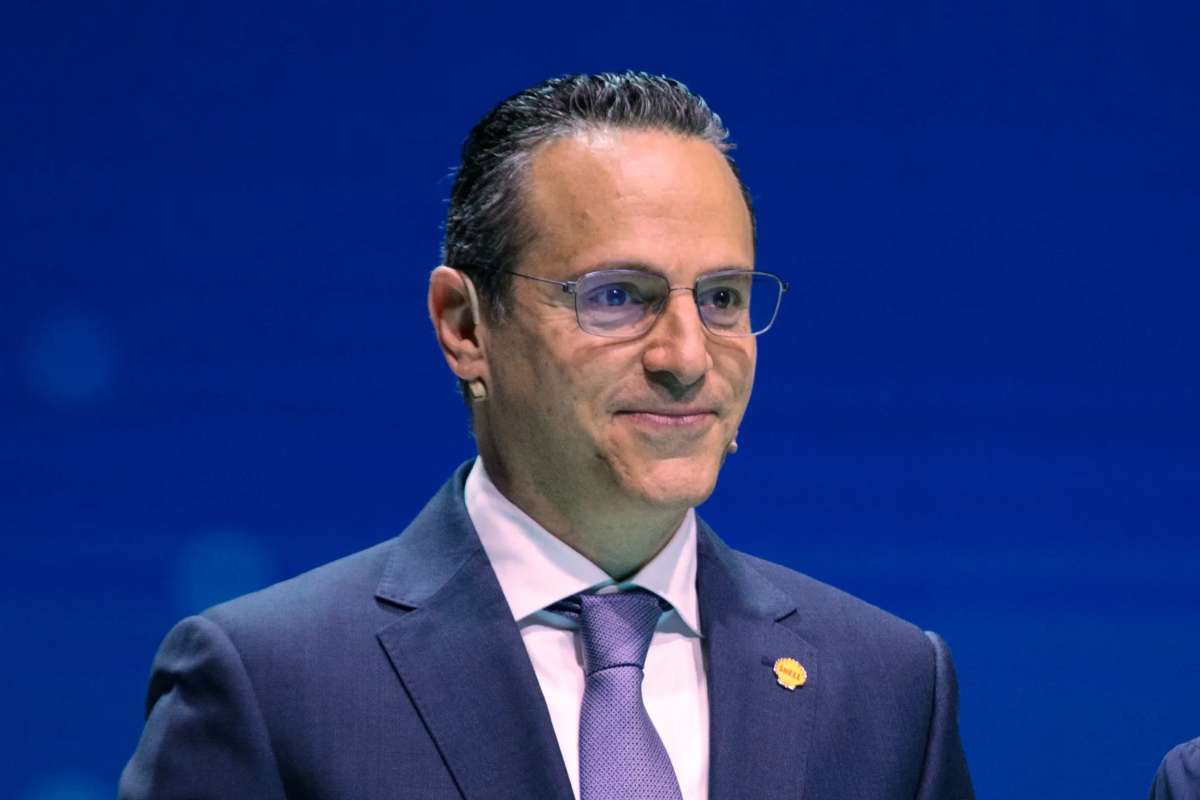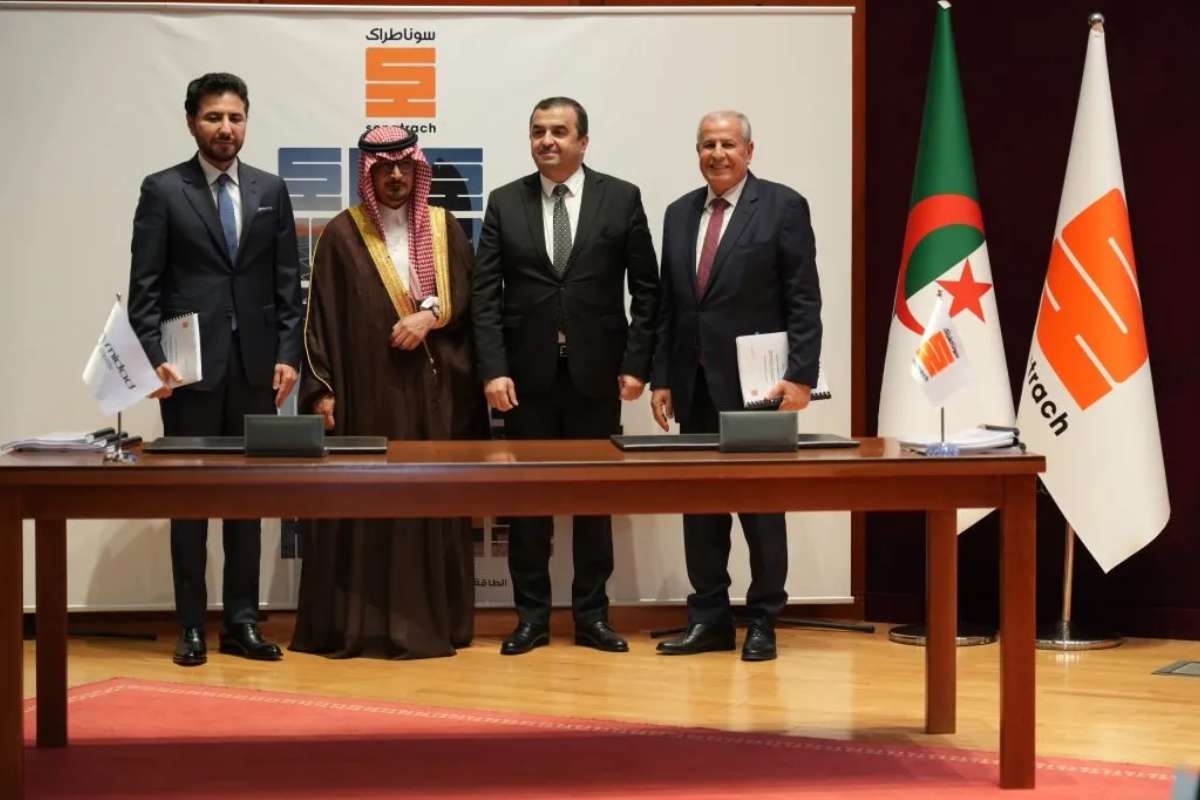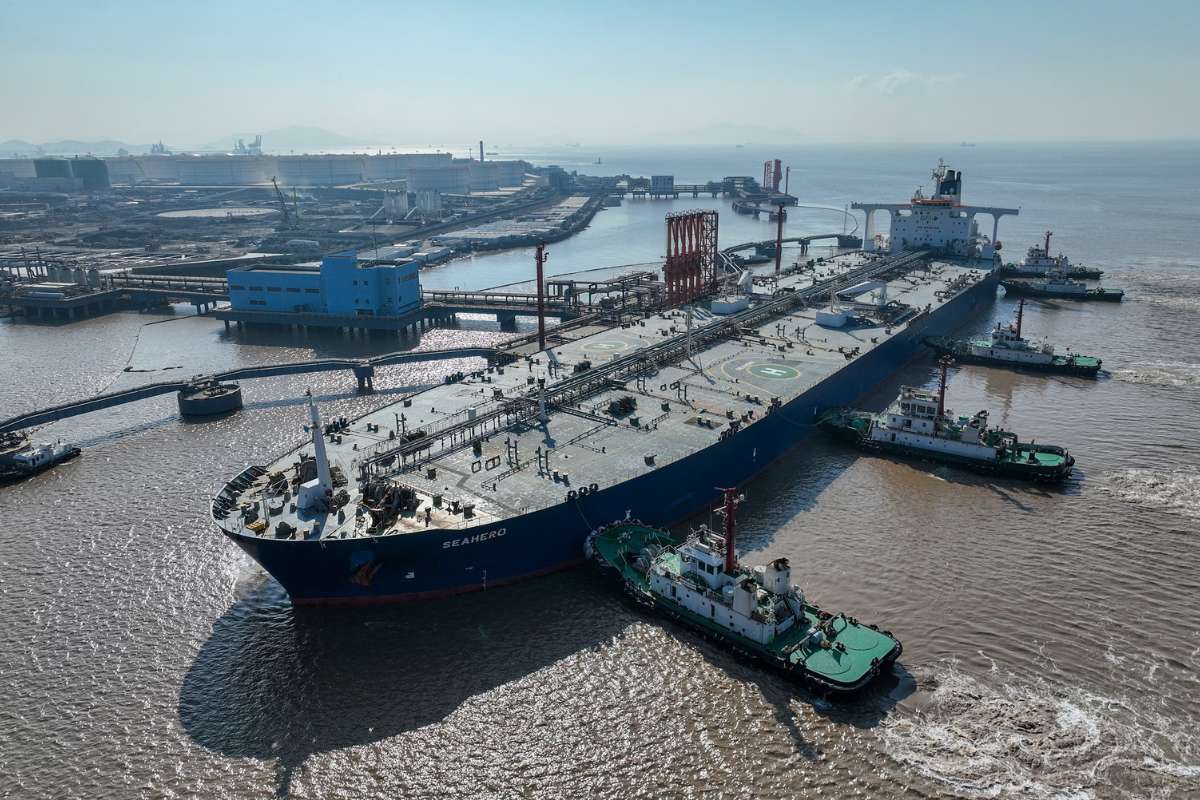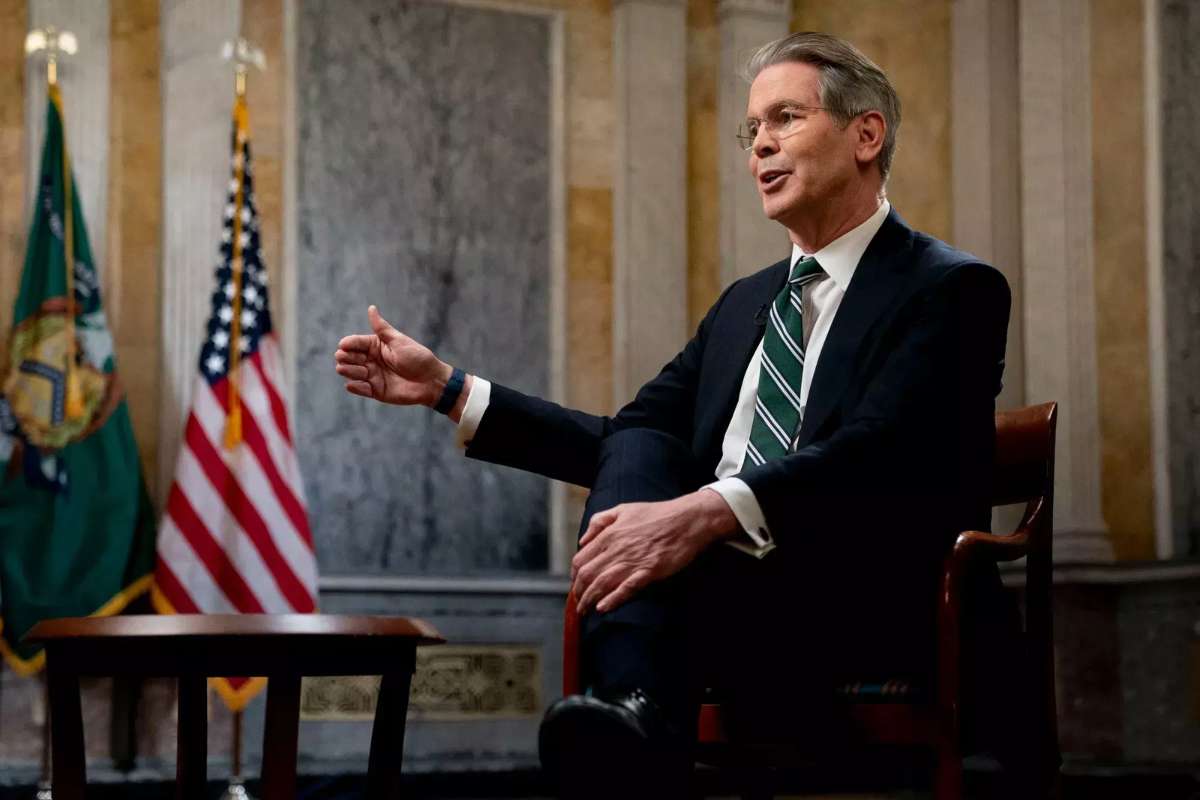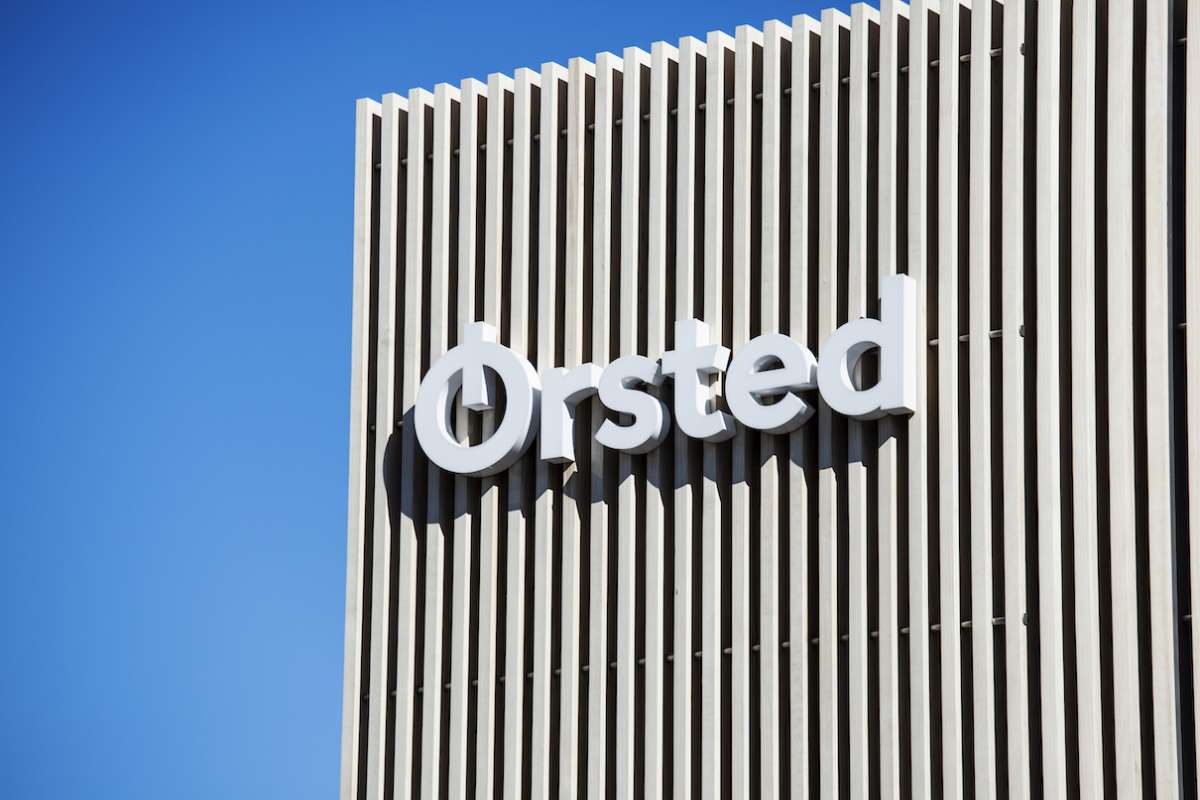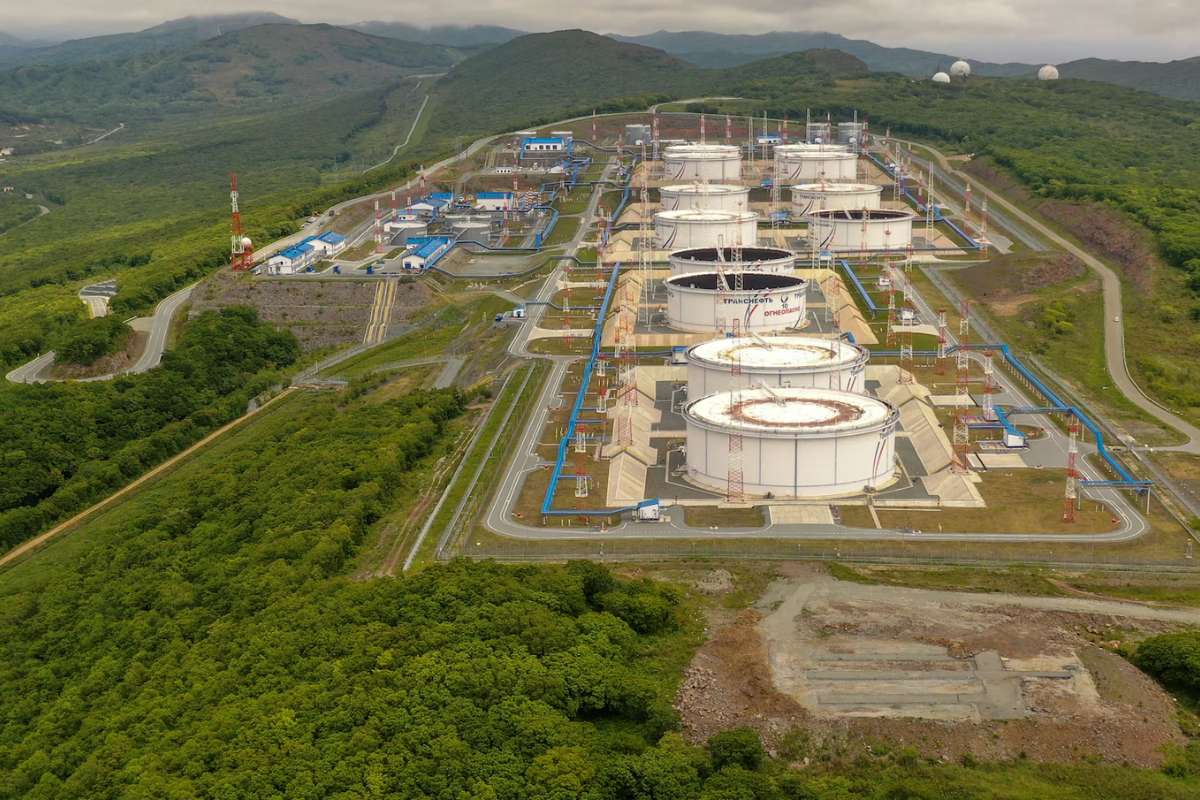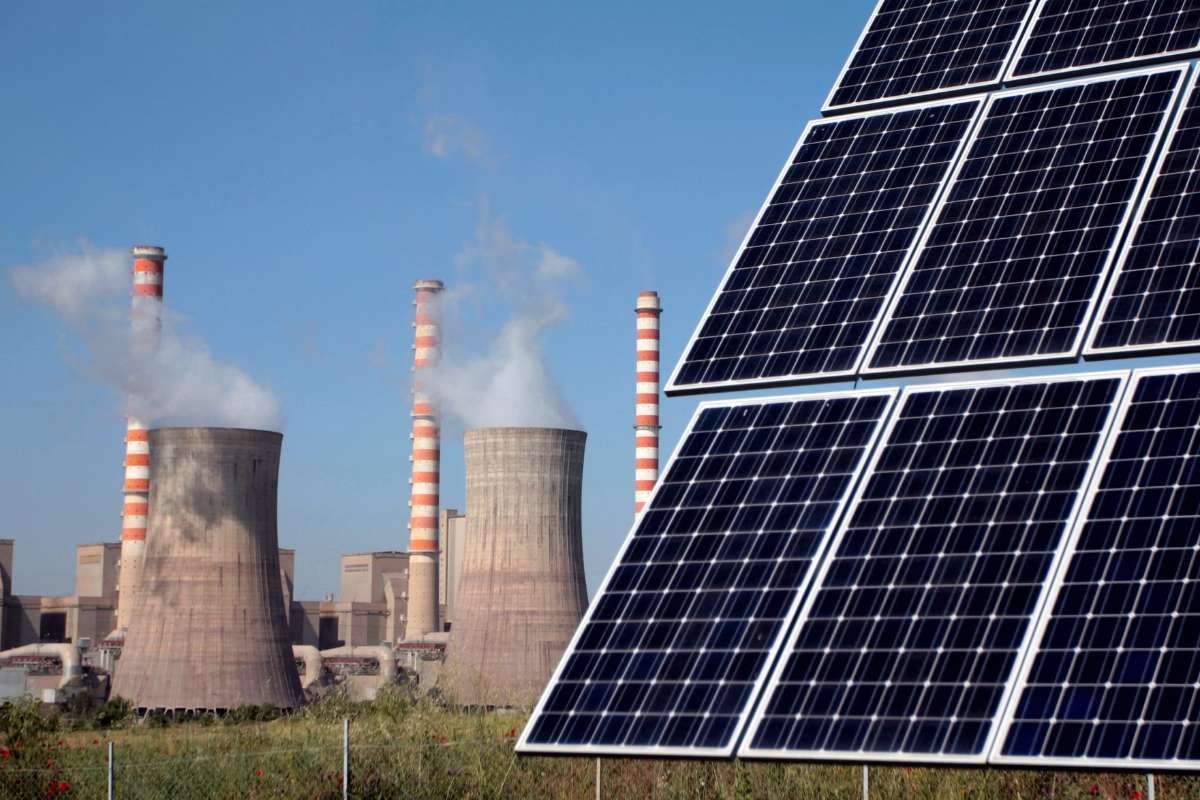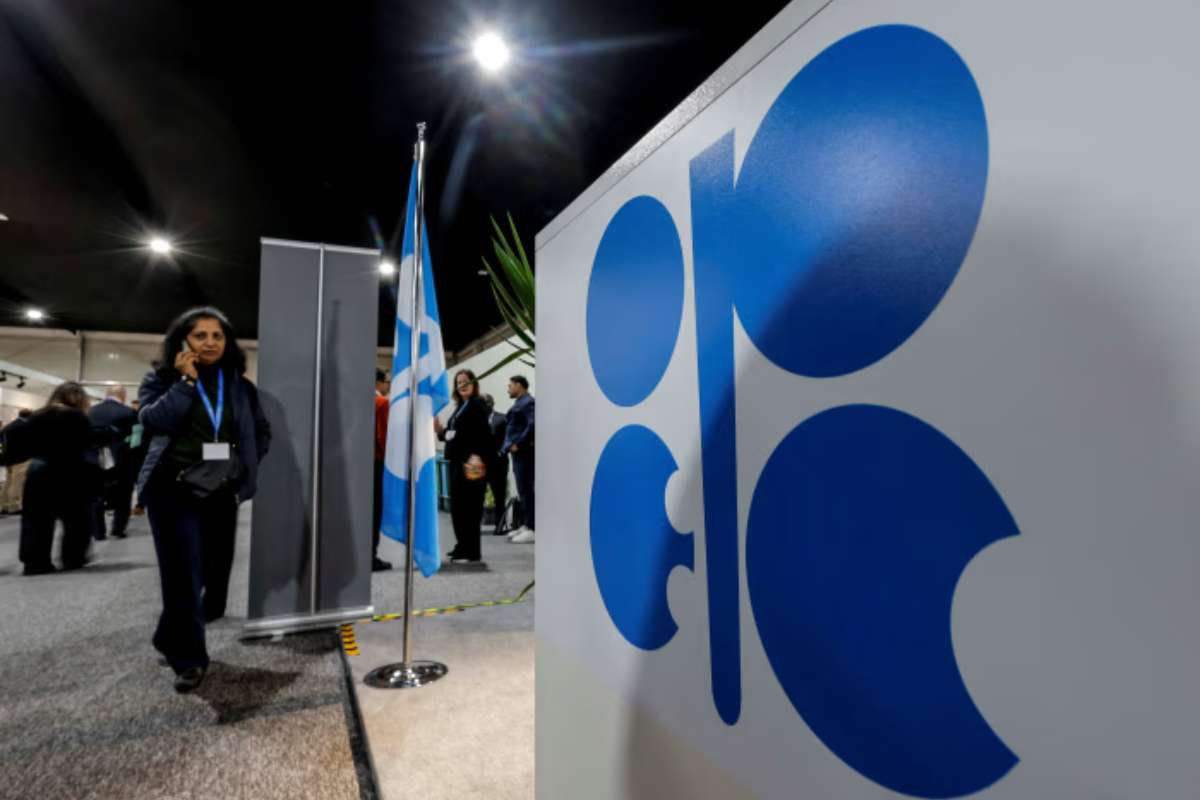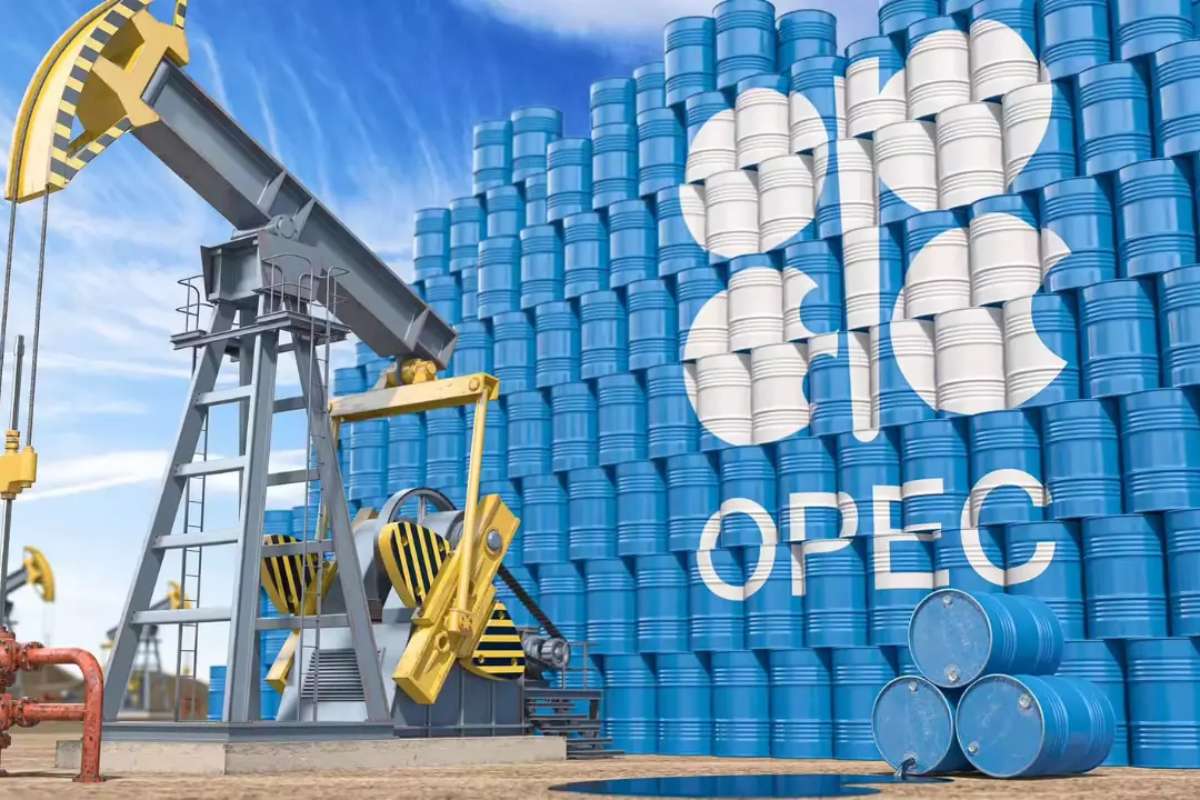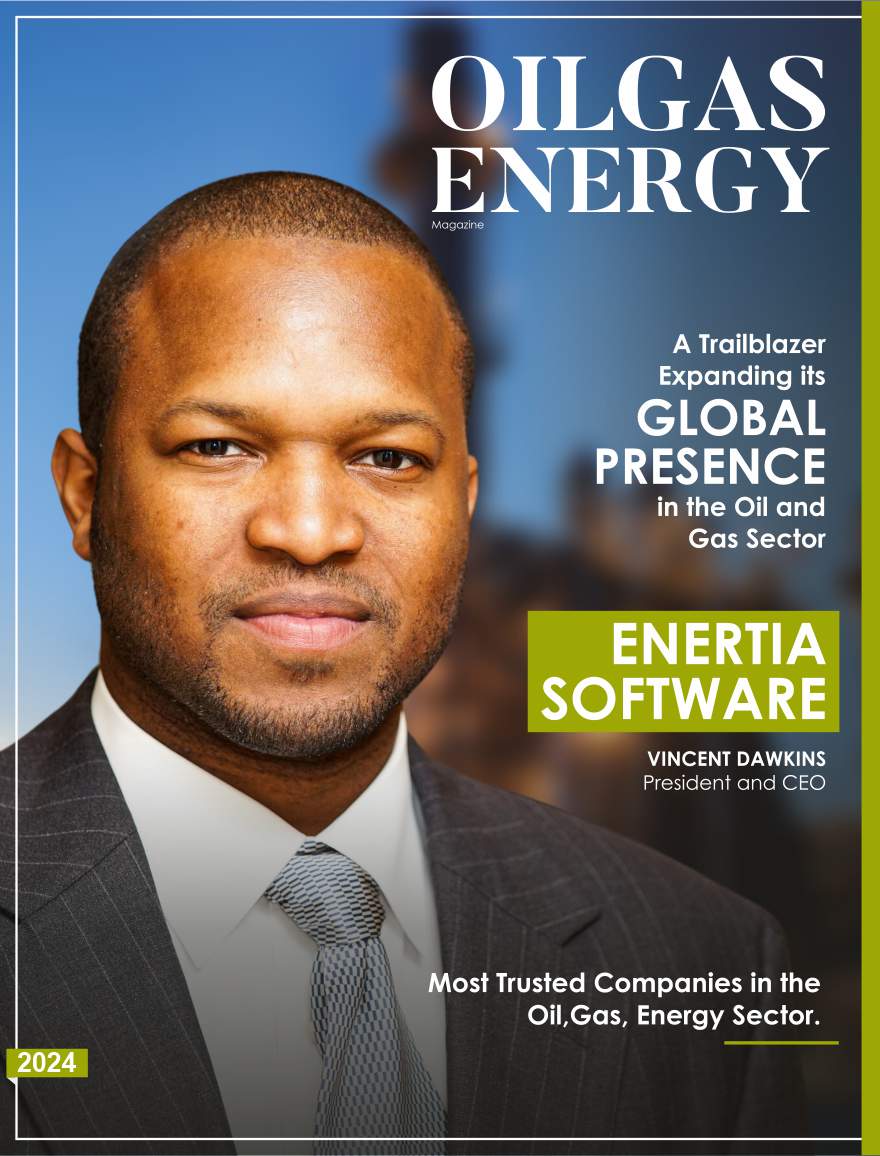The U.S. liquefied natural gas (LNG) industry may be heading toward oversupply as energy companies continue to approve new export plants at a record pace, Shell Chief Executive Officer Wael Sawan said on Monday. Speaking at the Economic Club of New York in an interview with S&P Global Vice Chairman Daniel Yergin, Sawan cautioned that the speed and scale of new investment could challenge future profitability.
At least five new or expanded LNG facilities in Louisiana and Texas have been approved this year with backing from the Trump administration, and more could receive approval before the end of 2025. Developers include Sempra Energy, NextDecade, Cheniere Energy, Venture Global, and Australia’s Woodside Energy.
According to the International Energy Agency, final investment decisions made this year cover 75.2 billion cubic meters of annual LNG capacity—the largest volume in history and nearly equal to all approvals made between 2020 and 2024 combined. Last year, the U.S. exported 123 billion cubic meters.
Shell’s global role
Shell buys more U.S.-produced LNG than any other company and distributes it worldwide. The company has been weighing an expansion of its LNG Canada terminal in British Columbia, which began operations this year. Wael Sawan said the decision will depend on construction costs and competitive pressure from U.S. projects.
“The number of final investment decisions being taken surprises me if I’m honest, because it’s at the higher end of the cost curve, yet those capacities continue to come in,” Sawan said. “So it’s not economically fully rational.”
Wael Sawan noted that opening new facilities just as global supply outpaces demand could expose operators to losses. “Some of these projects will not make money if LNG prices are at $7 or $8,” he said. Current international prices stand near $11 per million British Thermal Units.
Demand outlook remains strong
Despite the risk of short-term oversupply, Shell projects long-term growth for LNG. The company expects global demand to rise by 60 percent by 2040 as countries transition from coal to natural gas to reduce emissions.
However, the market is expected to experience cycles of strong and weak pricing along the way. Wael Sawan said timing is critical in determining whether new LNG projects will be profitable. “Deciding when to open a new facility is crucial,” he said. “Opening when prices are weak means that companies may not be able to sell their LNG profitably.”
Shell plans to decide next year whether to move forward with expanding LNG Canada. The facility’s future, Sawan said, will hinge on whether construction can be completed at a competitive cost and whether global supply conditions remain favorable.
Industry expansion continues
The U.S. has emerged as one of the world’s largest LNG exporters, supported by abundant shale gas production and significant investment in Gulf Coast infrastructure. The new wave of projects reflects expectations of growing demand in Asia and Europe, where countries are seeking reliable alternatives to coal and Russian pipeline gas.
But industry analysts have cautioned that supply-chain inflation and construction delays could increase costs for developers. Companies investing heavily in new facilities may face pressure if global LNG prices decline or if competing projects flood the market at the same time.
Wael Sawan did not single out individual companies but stressed that project economics should remain the deciding factor. “It’s about making sure the projects you’re investing in are not only viable today but also resilient when the market goes through one of its inevitable down cycles,” he said.
As global energy markets remain volatile, the challenge for LNG developers will be to align new capacity with demand growth while avoiding a glut that could erode returns.
Visit Oil Gas Energy Magazine for the most recent information.
